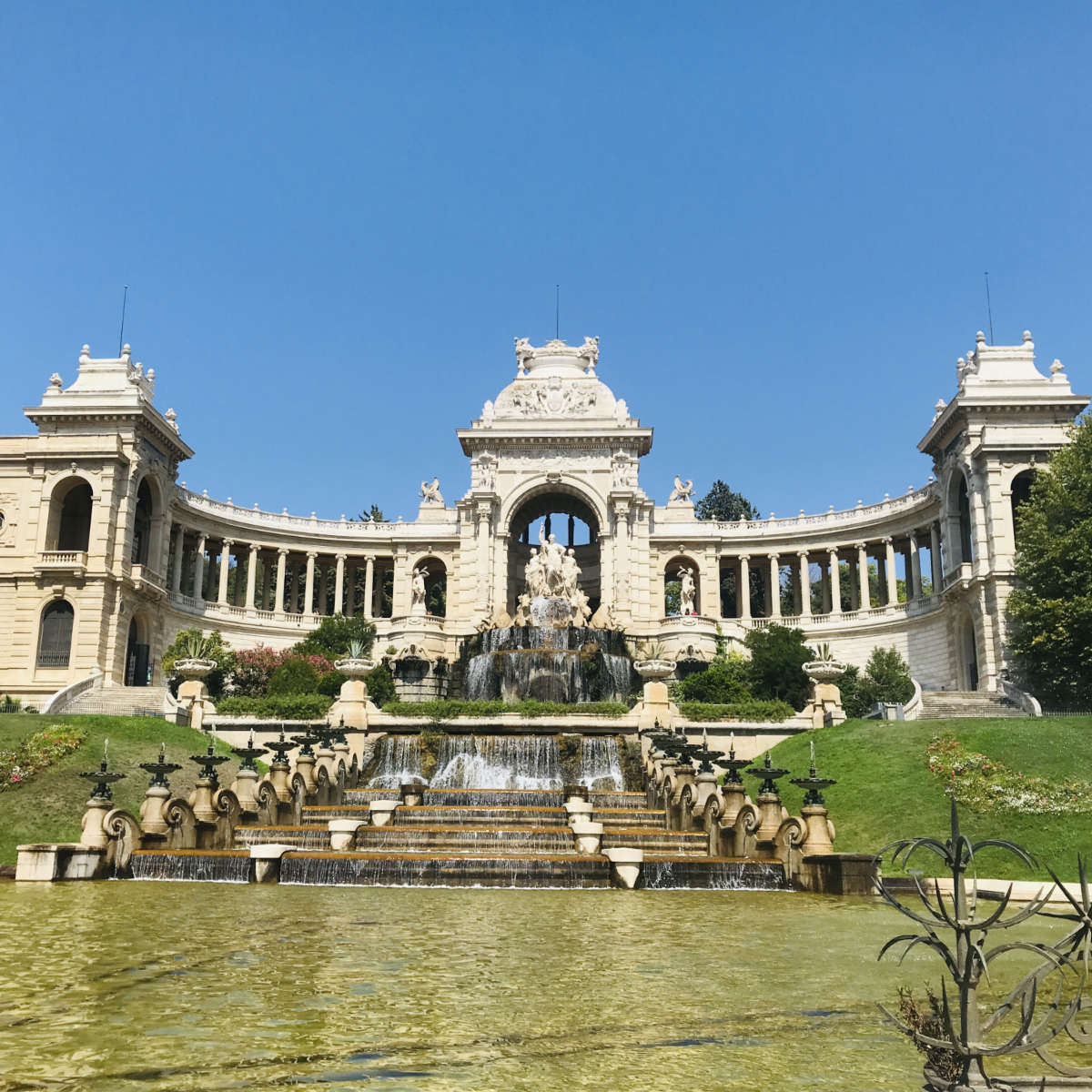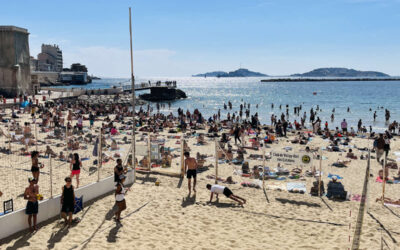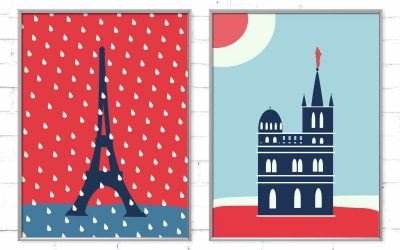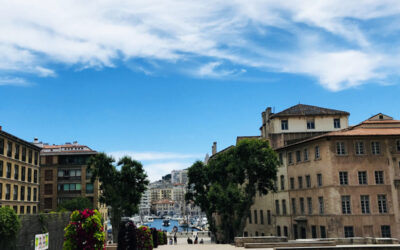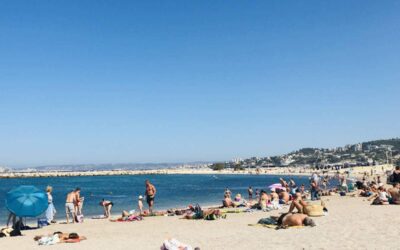If you are visiting Marseille, you may come across one of the most interesting looking buildings in the city. The impressive Palais Longchamp is located about 2 miles (3.5km) from the Vieux Port and is not actually a palace, but a water reservoir.
The elaborate palace-style château was built to celebrate the construction of the Canal de Marseille that brought water from the river Durance to the city. Today, it is one of the most eclectic spots in Marseille.
The foundation stone was laid by the Duke of Orleans in 1839, taking more than 30 years to build due to the complicated nature of the project, cost overruns, and complex local regulations.
With a fanciful fountain in front and elaborate gardens behind, it eventually became a zoo, a park, and an observatory, as well hosting two of Marseille’s top museums.
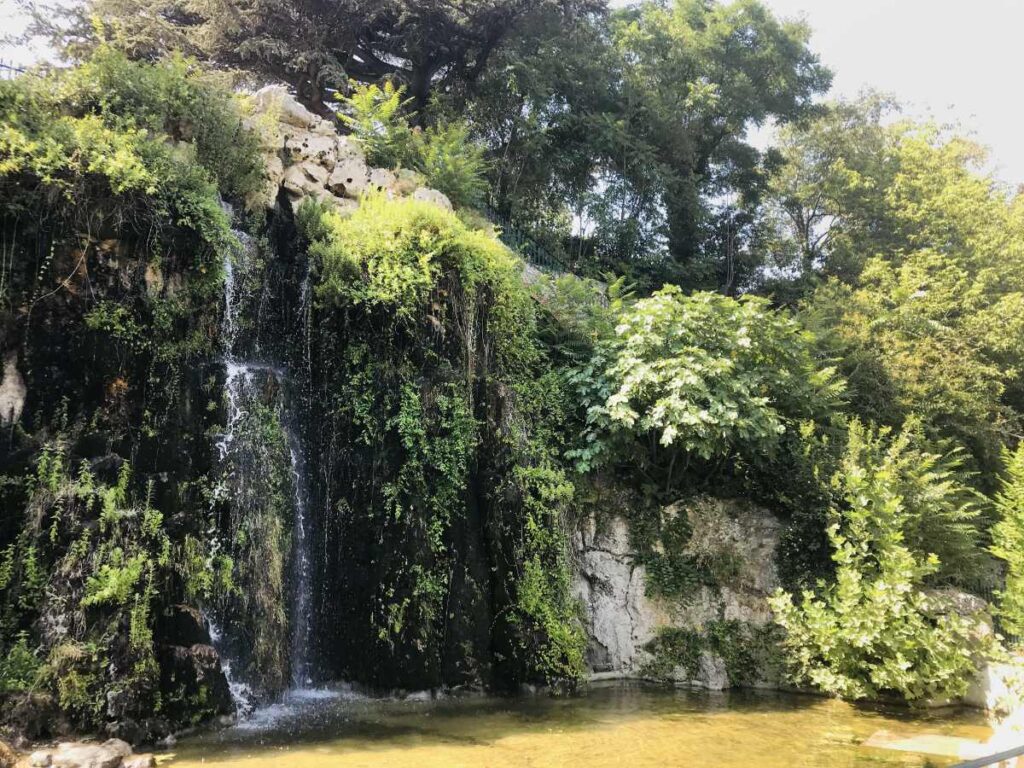
Today, the zoo has been moved to more expansive premises for the wellbeing of the animals, but the park, observatory and the museums remain a favorite place to relax for locals and tourists visiting the area. Let’s have a look in detail at what there is to see at Palais Longchamp, shall we? Allons-y!
The Fountain
The fountain on the street-facing side of Palais Longchamp is meant ti impress. At the summit of the fountain are sculptures of four large bulls and three women.
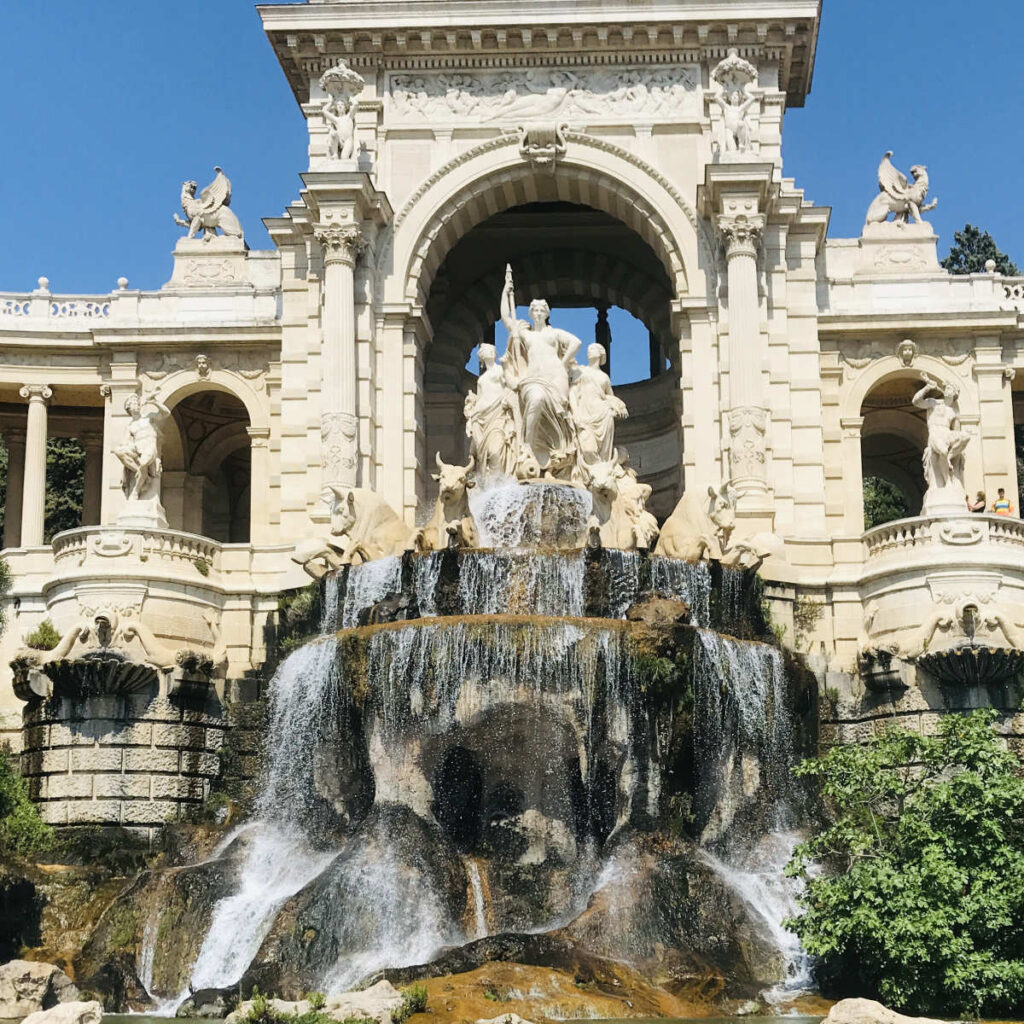
The central figure represents the River Durance flanked by one who represents grapes and one who represents wheat and fertility under an “Arc de Triomphe”. Beneath the statues is a manmade stone grotto and fountain from where water flows into a large basin.
In an interesting side note, the initial version of the fountain was designed by Auguste Bartholdi, the famed French sculptor who constructed the Statue of Liberty. However his design was not retained and the final version that you see today was designed by architect Henri Espérandieu who also constructed Marseille’s Notre Dame de la Garde.
Musée des Beaux-Arts
The east wing of Palais Longchamp houses the Musée des Beaux-Arts. It was created in 1801 in the period after the French Revolution, upon the seizure of state property by the revolutionaries.
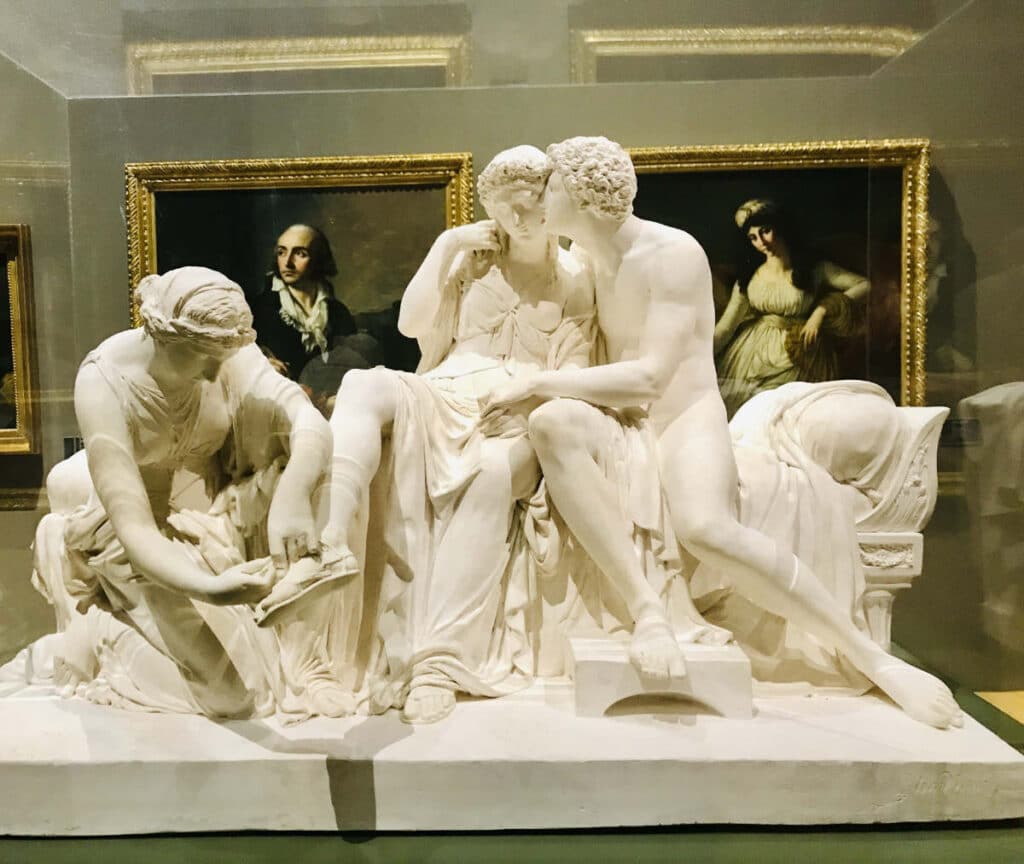
Inside you will find a series of paintings and other artwork from primarily French and Italian artists, but there is a variety of Spanish and Flemish painters as well. Most of the paintings date back to the 16-18th century.
Musée d’Histoire Naturelle
On the other side, the west wing of Palais Longchamp houses the Musée d’Histoire Naturelle or Natural History Museum. It was built in 1819 and professes to hold over 83,000 zoological specimens, 200,000 botanical specimens, 81,000 fossils, and 8,000 mineral specimens.
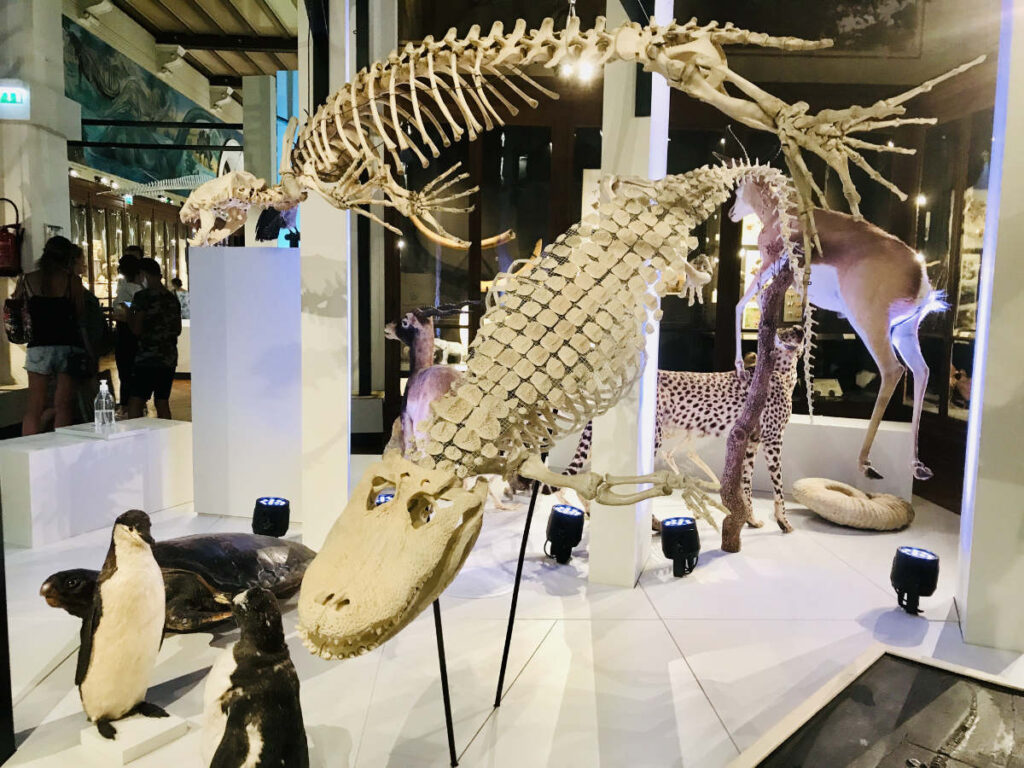
Entry to the natural history museum is also free, however, as with the Beaux Arts museum, it is not open everyday.
The Observatory
At the back of the gardens is the Observatoire de Marseille. It was originally created in 1702 when it was located in the Panier.
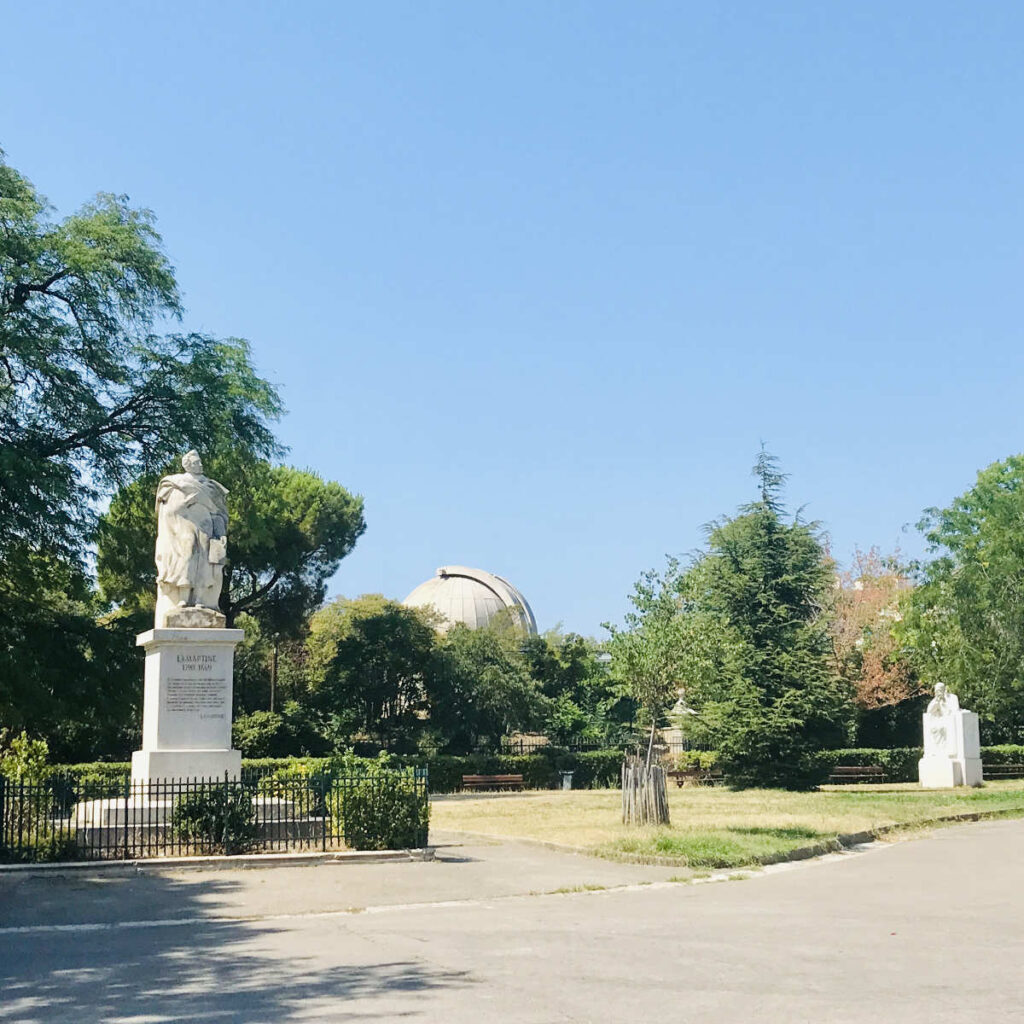
In 1860, it was moved to Palais Longchamp from Le Panier because the telescope of French physicist Leon Foucault needed more room. (Foucault is also famous for his pendulum that hangs in the Pantheon in Paris.)
The Observatoire is no longer used for professional observation, instead holding exhibitions and other events to attract children and enthusiasts. The observatory is usually open to school groups, and is open to the public from 2 p.m. to 5:30 p.m. only on certain days during the week, depending on the season.
The Park
Behind the fountain and the palace is a classic garden à la française, which is known as the Jardin du plateau. There are a couple of descending alleys one side to a more cultured park with many notable trees, including a 150-year-old plane tree and a Siberian elm that is 120 years old.
Walking through the rest of the park, you can see some of the old zoo cages that still remain in place. There are no animals anymore of course, however, there are a few ponies offering rides to very young children for a small price.
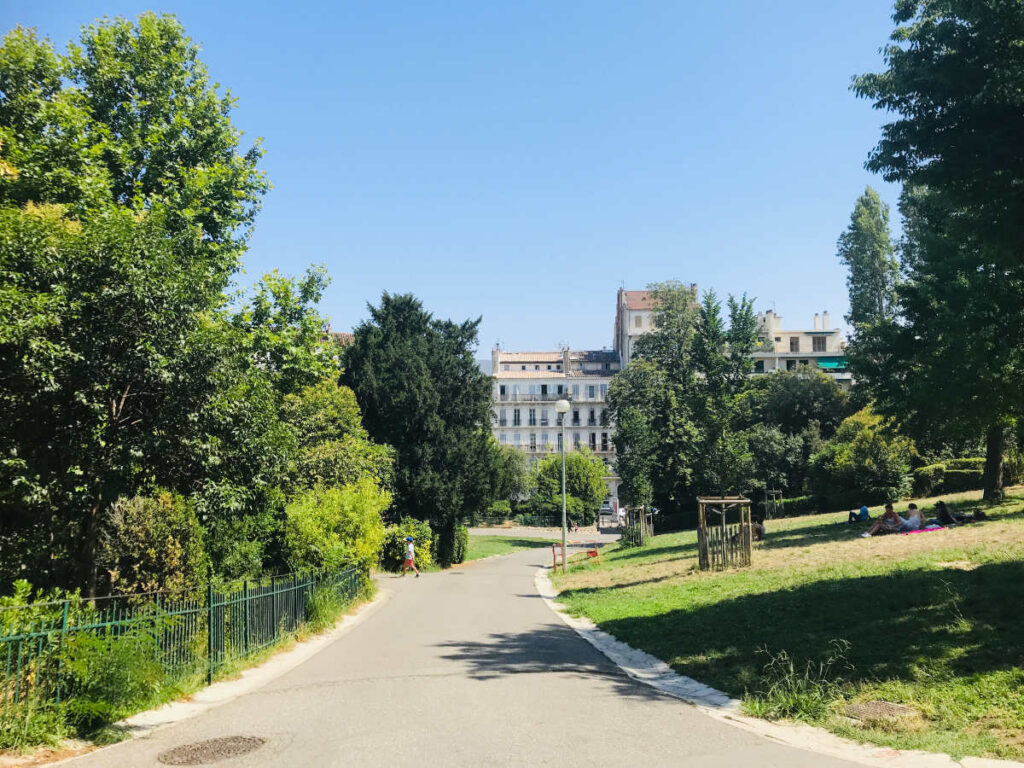
There are also several aires de jeux (playgrounds) that are very popular with children living in the area. Marseille is a hilly city, so there are several levels in the park with views across the landscape.
It is a wonderful place to relax and take in the local culture, so do bring a picnic basket and enjoy!
Where to stay in Marseille?
There are several top areas to stay in Marseille, depending on whether you are interested in being close to attractions, coastal views, beaches, etc. Some recommended hotels are:
- Around Vieux Port – close to main attractions
- €€€ – Escale Oceania Marseille
- €€€€ – New Hotel Le Quai
- €€€€€ – Sofitel hotel – with expansive views across the Vieux Port
- Around La Corniche – best views of the coast
- €€€ – Le Rhul hotel
- €€€€€ – Le Petit Nice Passedat hotel
- Around the beach – near Prado and Borely beaches
- €€€€ – Golden Tulip Villa Massalia
- €€€€ – nhow Marseille
You can find more about where to stay in Marseille here.

If you enjoyed that article, you may like to read more about things to do in Marseille. A bientôt!
